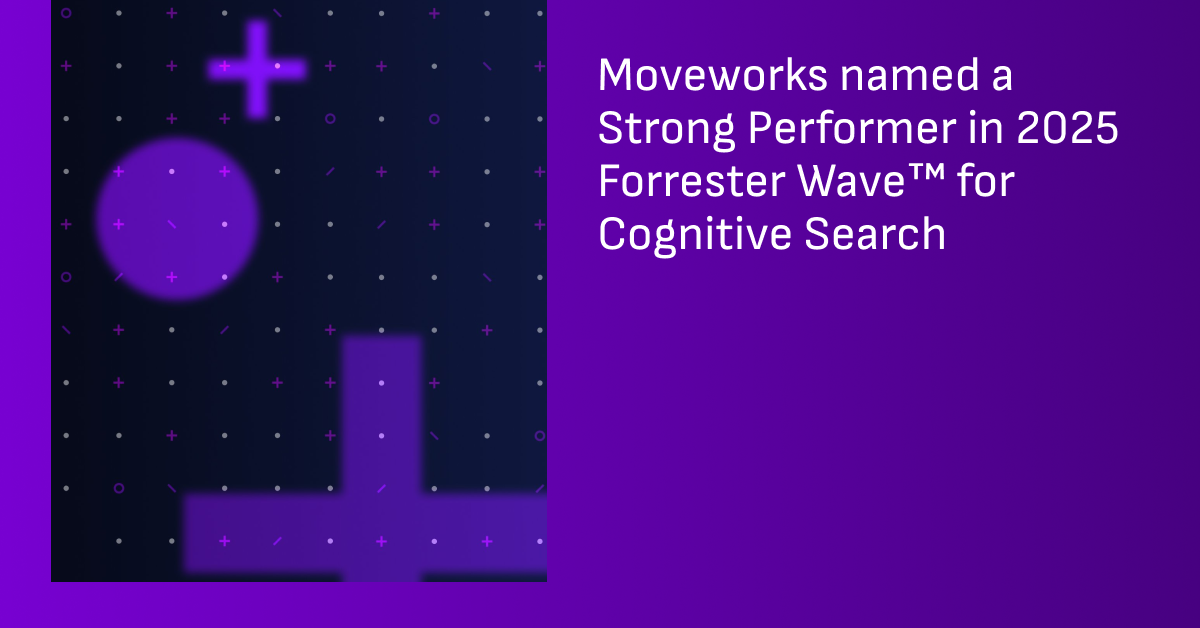You’re looking at your dashboard when yet another critical alert pops up. The third one today. Your most important app just crashed again, and the business impact is getting worse by the minute. Meanwhile, your team is already tied up investigating yesterday’s network outage, and you still haven’t started on the quarterly strategy your CIO asked for.
IT environments are becoming so complex that traditional ways of managing operations just can’t keep up. Teams are stuck constantly putting out fires, with little time left for focusing on innovation or higher-value projects that could ultimately prevent these problems from popping up in the first place.
But what if you could flip the script?
Imagine a world where artificial intelligence for IT operations predicts and fixes problems before they ever affect users. Where routine tasks happen automatically, and your team focuses on strategies that drive business value instead of spending the majority of their time putting out fires.
That's the power of AIOps automation. And it's transforming how leading enterprises approach IT operations today.
What is AIOps automation?
AIOps automation uses artificial intelligence (AI) to automatically spot, diagnose, and fix IT performance issues in real time, with minimal need for human involvement. By combining big data, pattern recognition, and smart decision-making, AIOps helps streamline workflows, improve resource use, speed up incident response times, and lighten the load for IT teams.
While AIOps, in general, focuses broadly on the application of advanced analytics to monitor, analyze, and manage IT operations proactively, AIOps automation is hyper-focused on action. It automatically executes tasks and workflows to manage and resolve IT issues, instead of only identify them.
The benefits of implementing AIOps automation in your enterprise include:
- Reduced mean time to resolution (MTTR) for incidents
- Decreased alert noise and false positives
- Better use of resources and more cost-effective
- Enhanced predictive capabilities to prevent outages
- More time for IT staff to focus on strategic projects
What makes AIOps automation stand out from basic scripting or rules-based systems is its flexibility and intelligence. Traditional automation sticks to strict, predefined steps and often fails when something unexpected happens. AIOps automation, however, learns as it goes, adapts to new situations, and makes smarter decisions based on the context.
It's important to note, though, that AIOps automation isn't intended to replace your IT team. Instead, its aim is to enhance their abilities by taking care of routine tasks and offering support when it comes to tougher decisions that need human expertise.
5 real-world AIOps automation use cases
AIOps automation delivers real value in enterprises today. Here are five high-impact use cases that highlight the benefits of AIOps and how they are transforming IT operations.
1. Automated ticket triage, categorization and routing
One of the most immediate ways AIOps automation delivers value is by intelligently handling the incoming flood of IT support tickets.
Traditional ticket routing relies on manual triage or basic keyword matching, which has the potential to lead to delays and misrouted tickets. AIOps automation aims to transform this process by analyzing the content, context, and metadata of each ticket to determine its nature, priority, and appropriate destination.
Let’s say an employee submits a ticket about a malfunctioning application. An AIOps system is designed to automatically analyze the text, identify the specific application mentioned, determine the severity based on user role and business impact, and route it directly to the correct support team — all in seconds.
Equinix, the world's largest interconnection platform, deployed Moveworks' AI solution (branded as "E-Bot") to transform its IT support without increasing headcount.
E-Bot leverages conversational AI — which allows users to interact with IT systems via natural language — to resolve issues directly in Microsoft Teams and automatically triages tickets to the correct assignment groups with 96% accuracy.
After 10 months, the system was routing 82% of tickets within 30 seconds (compared to the previous 5-hour manual process), reducing average ticket lifespan by nearly a third.
This automation freed service desk agents from spending four hours daily on manual routing and maintained Equinix's high IT satisfaction rate of 96% while allowing staff to focus on higher-value work.
2. Real-time incident detection and response
When critical systems fail, every minute counts. AIOps automation can detect anomalies that might indicate an impending failure and initiate response workflows before end users even notice a problem.
Unlike traditional monitoring tools that rely on static thresholds, AIOps uses machine learning to establish normal behavior patterns across your infrastructure. When disruptions occur in your application performance, it can automatically:
- Correlate related alerts to identify the root issue.
- Initiate predetermined remediation playbooks.
- Alert the right teams with contextual information.
- Take corrective actions based on past resolutions.
With active performance monitoring and anomaly detection, AIOps solutions can spot potentially risky activity, isolate affected systems, and alert security teams to take action and fix the issue.
3. Alert deduplication and noise reduction
Alert fatigue is a serious problem in enterprise IT. When teams are bombarded with thousands of incident management alerts, it becomes impossible to distinguish critical issues from background noise.
AIOps automation addresses this by intelligently filtering, grouping, and prioritizing alerts. It identifies patterns and relationships between seemingly disconnected events, consolidating them into meaningful incidents that require attention.
For instance, a single network switch failure might trigger hundreds of alerts across dependent systems. An AIOps platform is able to recognize this cascade effect, consolidate all related alerts into a single incident, and present only the actionable information to your team.
4. Root cause analysis acceleration
Determining why an incident occurred is often more time-consuming than fixing it. AIOps automation accelerates this process by correlating data across systems to identify the underlying cause of issues.
By analyzing historical data, system dependencies, and event sequences, AIOps tools pinpoint root causes with remarkable accuracy. Performance data is then presented to IT teams along with recommended remediation steps, shortening the troubleshooting and investigation phase.
For example, a company could use a system that automatically maps out the relationships between infrastructure, applications, and services to quickly spot failure points and their impacts. These real-time insights help teams respond faster, reduce downtime, and boost the performance and availability of their IT systems.
5. Automated access and approval workflows
Access management is capable of creating significant overhead for IT departments. Processing software installation requests, permission changes, and system access approvals can take up hours of valuable time each day.
AIOps automation streamlines these rather routine workflows by making intelligent decisions based on predefined policies, user roles, and historical patterns. The system can:
Automatically approve routine access requests that meet policy requirements.
- Route exception cases to the appropriate approvers.
- Track approval statuses and send reminders.
- Provision approved access without manual intervention.
loanDepot streamlined its IT approval process by implementing Moveworks' AI Copilot, Elle-Dee, to automate access management.
Previously, approvals took up to five days and required 30 service agents, but with Elle-Dee, requests are now routed through Microsoft Teams and resolved in under five minutes using natural language. This innovation has reduced delays, improved efficiency, and freed up IT staff to focus on more strategic tasks.
Table of contents



